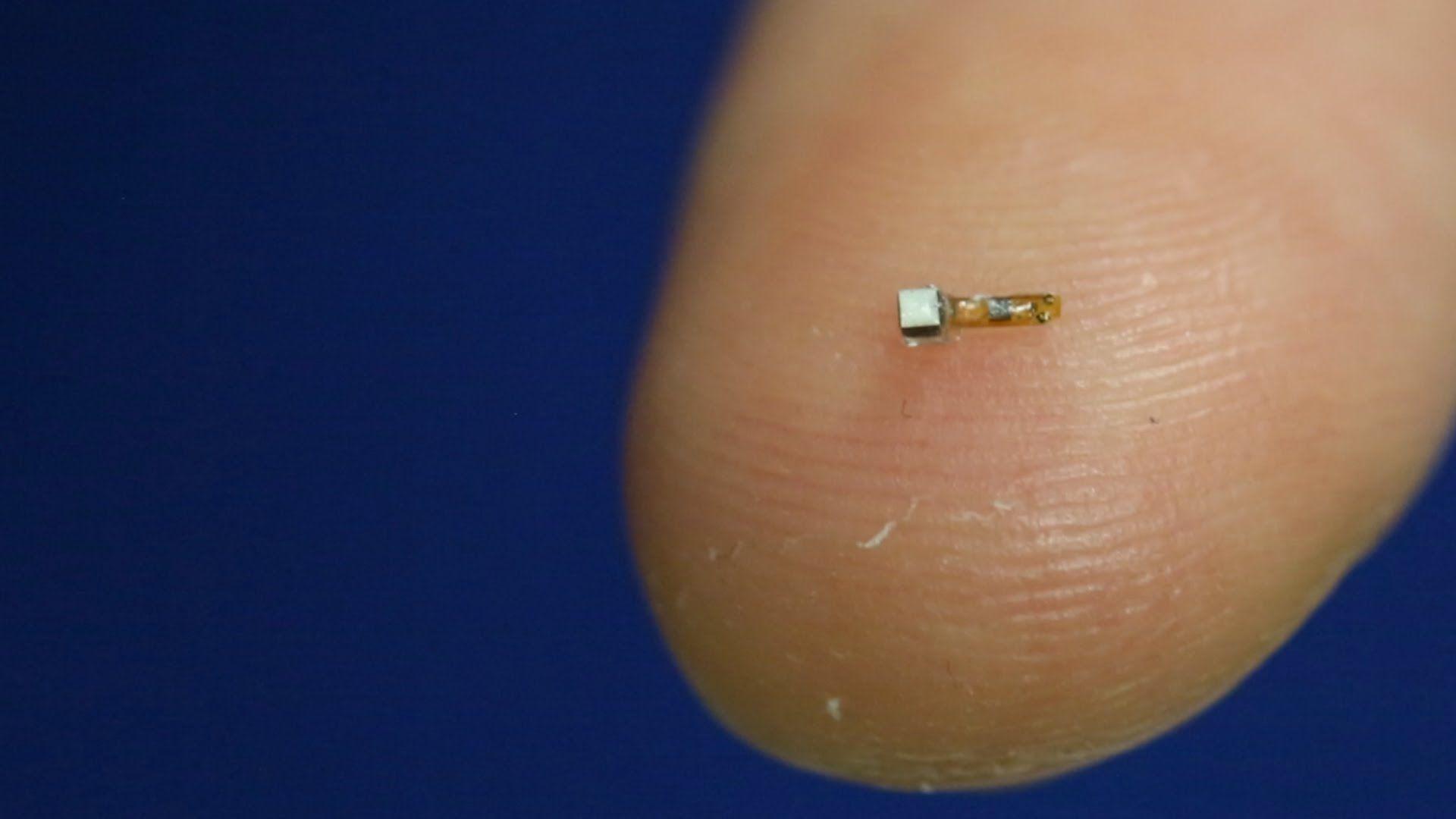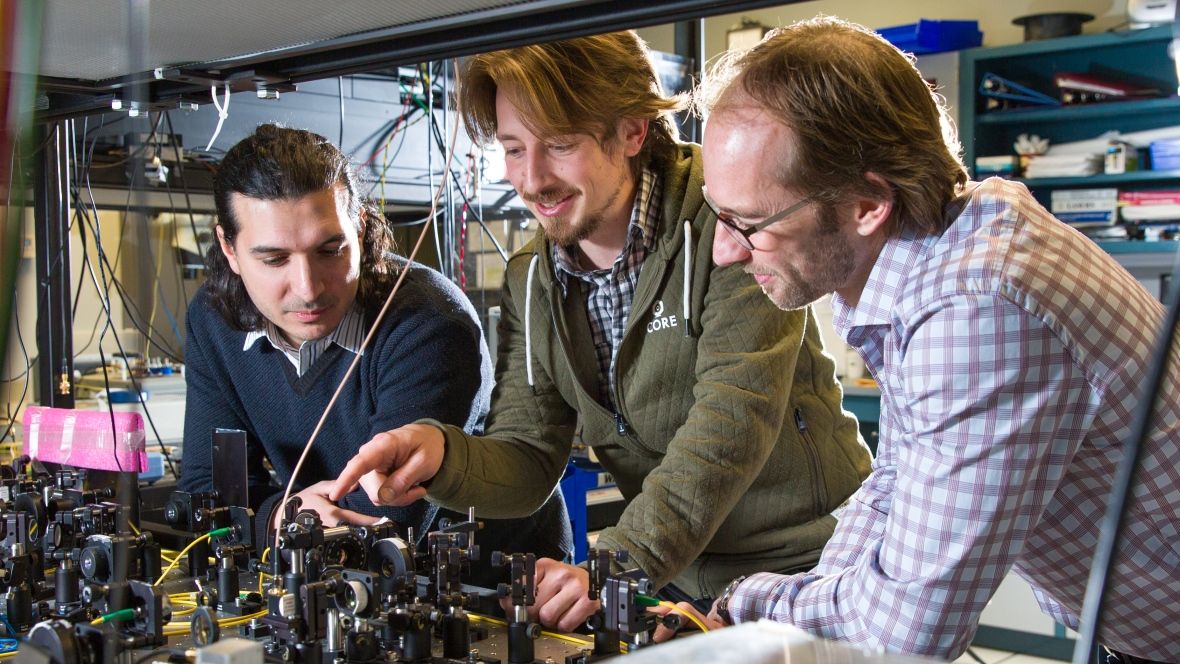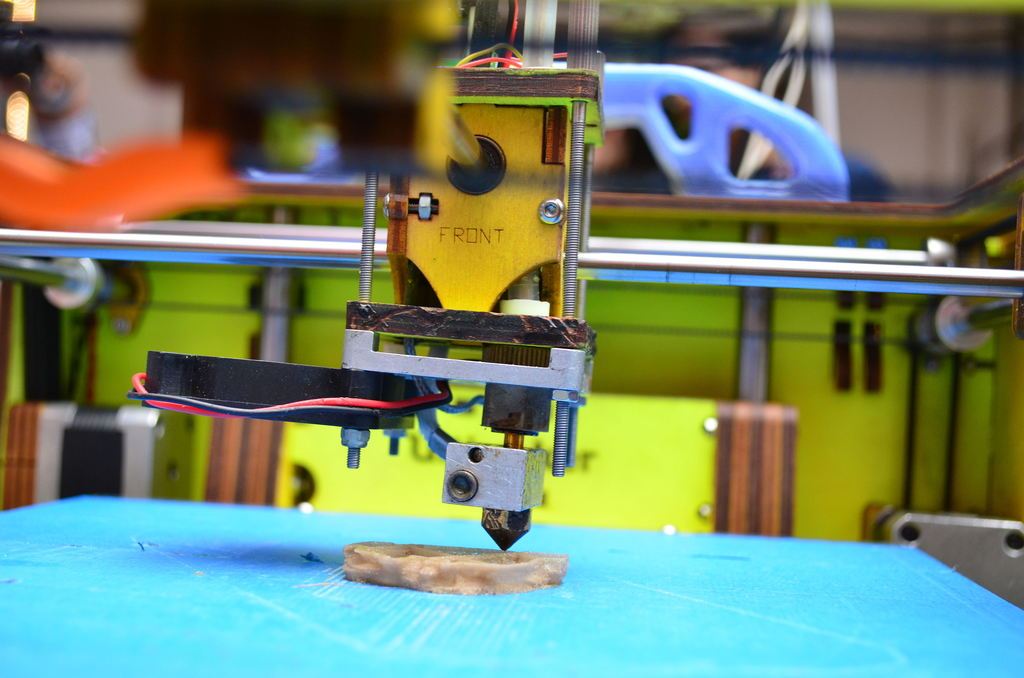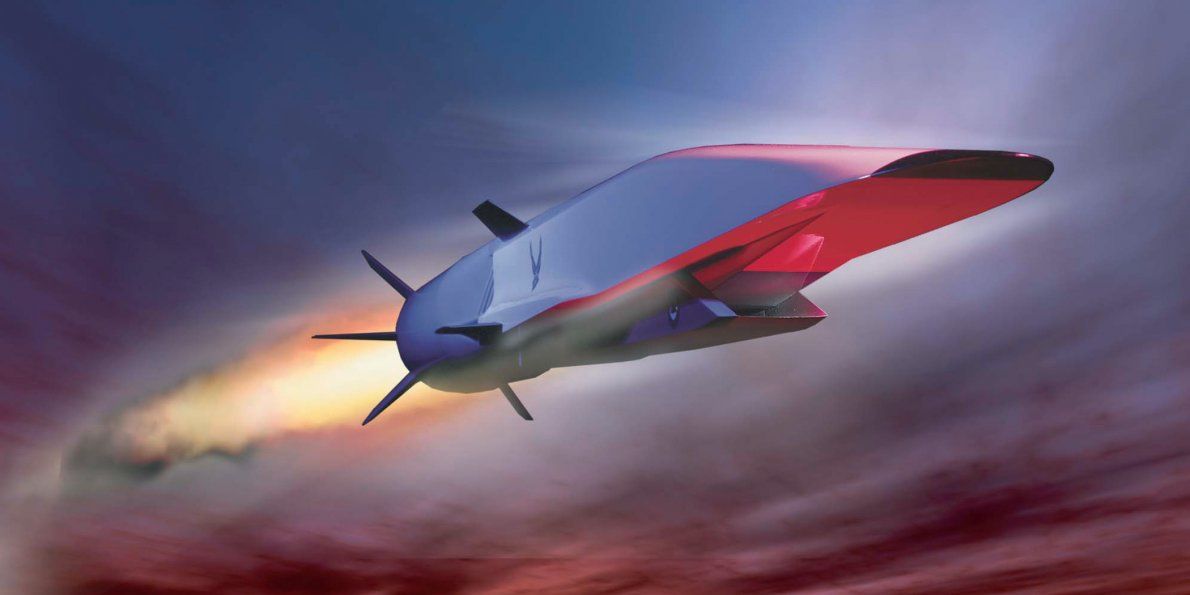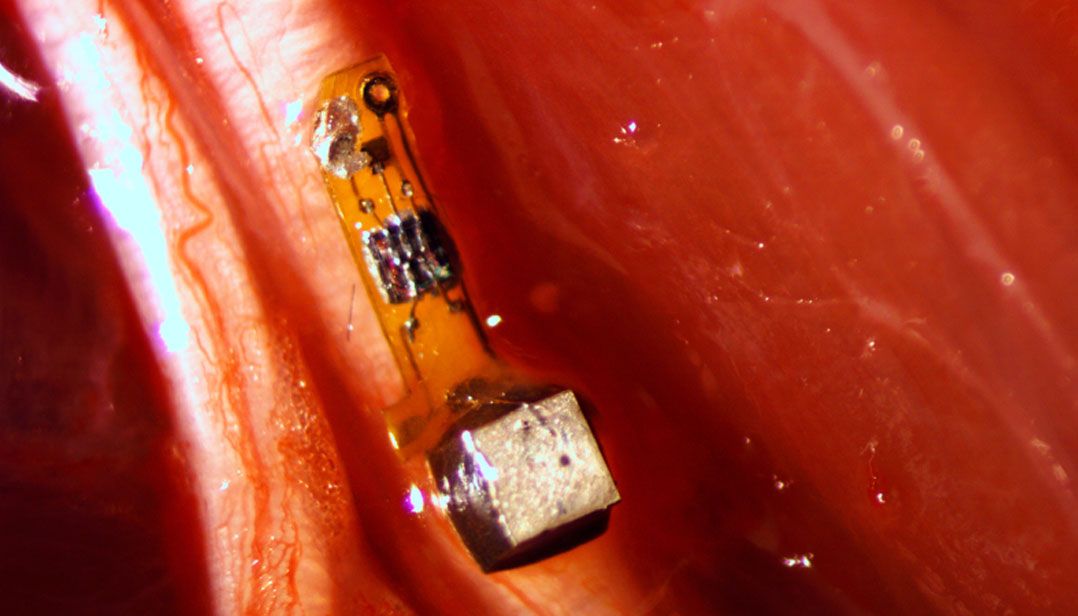Sep 20, 2016
In vivo work with neural dust using a wireless and scalable ultrasonic backscatter system for powering and communicating the implanted bioelectronics
Posted by Klaus Baldauf in categories: bioengineering, biotech/medical, computing, neuroscience
Berkeley engineers have built the first dust-sized, wireless sensors that can be implanted in the body, bringing closer the day when a Fitbit-like device could monitor internal nerves, muscles or organs in real time.
Neural dust researchers have already shrunk them to a 1 millimeter cube – about the size of a large grain of sand – contain a piezoelectric crystal that converts ultrasound vibrations from outside the body into electricity to power a tiny, on-board transistor that is in contact with a nerve or muscle fiber. A voltage spike in the fiber alters the circuit and the vibration of the crystal, which changes the echo detected by the ultrasound receiver, typically the same device that generates the vibrations. The slight change, called backscatter, allows them to determine the voltage.
